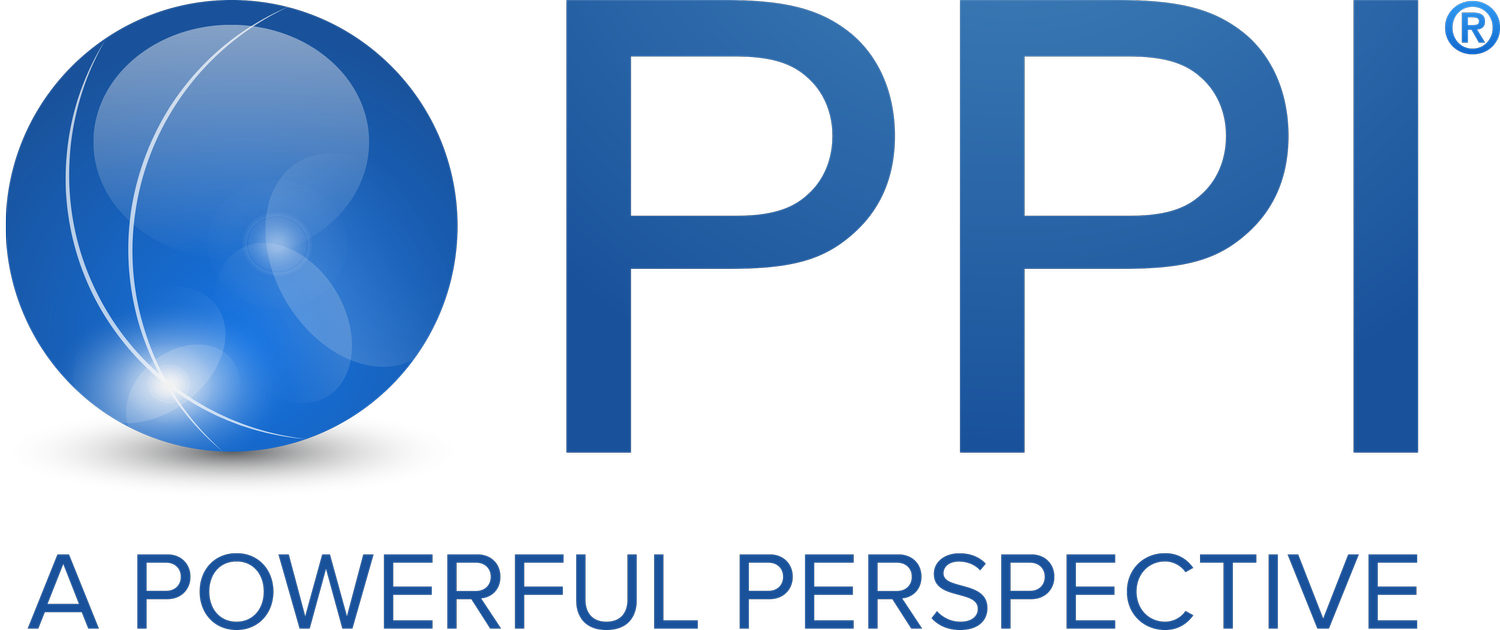INSIGHTS
The Pacific Pension & Investment Institute (PPI) convened on July 13-15, 2021 to explore the theme of Investing in a World Reshaped. As the world struggles to emerge from the pandemic, members discussed the divergent, K-shaped recovery across economies and sectors, as well as the role of vaccine passports. Broad trends like the rise of central bank digital currencies and crypto assets are having profound implications for geopolitics, the macroeconomy, financial systems, and investments. Decarbonization will impact commodity prices, infrastructure investment opportunities, and portfolio strategies. Finally, members heard from the next generation of investment leaders who have bold views on the intersection between finance and impact.
The Global Economy
Vaccine Passports and the K-Shaped Recovery
The existence of a digital infrastructure for vaccine data is critical for economies to reopen safely. Yet this seemingly straightforward notion belies a complex web of factors including politics, data privacy, and vaccine equity.
There are varying degrees of optimism about when the world will achieve herd immunity and reopen in a balanced and holistic way. Concerns about the K-shaped recovery point to the divergence in developed and emerging market recoveries, performances across sectors, and impact across households.
Inflation and Commodity Prices
Inflation and corresponding responses from central banks remain top concerns for investors. The need to protect portfolios from the inflationary effects of a potential supercycle in certain commodities is apparent. Triggers include green technology and decarbonization, fiscal stimulus, and concerns about China’s future pace of growth.
Challenges and Opportunities in Asia
The K-shaped recovery is manifesting in Asia as COVID-19 responses are resulting in asymmetric growth across different economies. Widening inequality will be particularly evident in developing markets. Meanwhile, the U.S.-China relationship will continue to dominate economic and geopolitical conversations in the region.
In this unique time, Hong Kong is seeking to bolster its standing as an international financial center by reinforcing its role as a bridge to China, while embracing innovations in technology and sustainable finance. Financial resilience is key, and capital inflows reflect continued strong interest in this region.
Investment Opportunities in Infrastructure
Infrastructure investment opportunities are abundant for institutional investors, especially those in green infrastructure. Opportunities can be found in the U.S. if infrastructure plans are passed into legislation.[1] In India, wind and solar power are ripe for investment. Likewise in Africa, the African Green Infrastructure Investment Bank is a potential catalyst. However, execution remains challenging, as investors need to navigate complexities specific to each market.
____________
[1] The Biden Administration is proposing a dual-track approach including a $1.2 trillion bipartisan infrastructure framework to upgrade traditional physical infrastructure and a $3.5 trillion budget resolution bill focused on climate and human infrastructure.
Central Bank Digital Currencies
and Crypto Assets
The weaponization of the U.S. dollar for sanctions has undermined its attractiveness as the reserve currency of choice. This has led some to wonder if the digital yuan or other central bank digital currencies (CBDC) may emerge as viable alternatives.
The centralized nature of CBDC is antithetical to cryptocurrencies, which are, in essence, decentralized financial networks or applications. Investors should understand the different types of crypto assets, the resulting opportunities that each presents, and the disruptive role of decentralized finance (DeFi).
Implementing ESG Solutions
Aligning Portfolios with Climate Goals
There has been a rapid shift from recognizing climate risk to aligning portfolios with the Paris Agreement on climate change[2] and implementing net zero strategies. Effective strategies should prioritize engagement and stewardship, strategic asset allocation, portfolio construction, and selective divestment.
Next-Generation Perspectives
The next generation of investment leaders are enacting cutting-edge ideas for financial products that are scalable and could generate market rates of return, attract investment, and create impact. Seemingly disparate ideas demonstrate the interconnectedness between environmental, social, and governance issues in the global value chain.
____________
[2] To meet the goals of the Paris Agreement, the world needs to achieve net zero carbon emissions by 2050 or sooner.
Asset Owner Concerns
Asset owners and allocators continue to review their asset allocations with an eye on maintaining guardrails against inflation, geopolitical, currency, and market risks. Tail-risk hedging, which requires proper governance and operational structures, is not for everyone and should be implemented only if absolutely necessary. On the non-investment front, organizations are also navigating the operational and talent implications of a new work environment.
